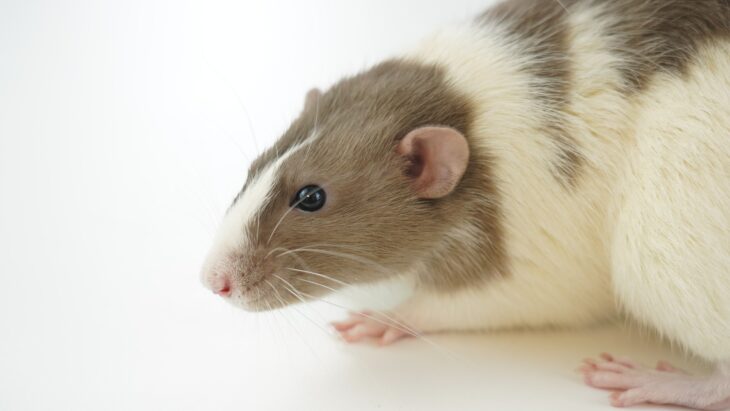Antibiotics work by killing bacteria that cause infection. This treatment reduces the number of bacteria so your body can recover. In some cases, the antibiotics don’t work due to multidrug-resistant bacteria. Multidrug-resistant bacteria cause many deaths in the United States and worldwide.
Since scientists discovered penicillin in 1928, they theorized that bacteria could become resistant. Like humans who change their clothes depending on the weather, bacteria can change their DNA to survive stressful conditions. Bacteria that encounter the same antibiotic can change their DNA to build up resistance. If the bacterial DNA changes in the right way, it could leave antibiotics unable to kill the bacteria, leaving our bodies open to infection. Scientists are searching for new methods to tackle the threat of these multidrug-resistant bacteria.
One way might be with bacteriophages. Bacteriophages are a type of virus, but different from the ones that cause a cold or the flu. Instead, these viruses only infect specific bacteria. Think about a bacterium as a flash drive with 10GB of storage. The bacterium can choose to store antibiotic resistance for 8GB or bacteriophage resistance for 8GB, but not both. Similarly, when bacteria become immune to one form of treatment they give up immunity to the other. The result is that bacteria cannot launch a defense against both antibiotics and bacteriophages.
The inability of bacteria to encode two types of resistances makes them vulnerable to attack from one or the other. Noting this, researchers at Paris City University created a mathematical model to predict the effectiveness of bacteriophage against susceptible bacteria. They used this model to predict the survivability of mice infected with bacterial pneumonia. The researchers hypothesized their model could be used to predict interactions between the bacteriophage, the bacteria, and the mice.
To test their hypothesis, the researchers designed an experiment with three groups of mice. One group wasn’t infected with bacteria, but was subject to treatment with bacteriophages. The other group had bacterial pneumonia, but wasn’t treated with the bacteriophages. The last group was both infected with bacteria and treated with bacteriophages.
In the infected mice, the researchers placed bacteria that emit light. They used the amount of light emitted in the mice to estimate how many bacteria there were. The researchers gave each mouse in the treatment group different doses of bacteriophages. Each dose was placed in either the blood vessels or the throat of the mice. The researchers then compared the number of bacteria and bacteriophages in the mice’s lungs after death.
The team made a few key observations based on the number of bacteria and bacteriophages in the mice’s lungs. They found if a mouse had an infection with more than six million bacteria the mouse would die within 72 hours if left untreated. That’s equivalent to about 60 full football stadiums worth of people.
The untreated mice’s immune systems could only fight off an infection of up to about six million bacteria. But, mice that received the bacteriophages had a lower amount of bacteria than the mice who did not receive the bacteriophages. Furthermore, 100% of the mice that received bacteriophages 2 hours after infection survived.
The scientists also found 5,000 times more bacteriophages in the lungs of infected mice when they were injected into their throat instead of directly into their blood vessels. From these data, the scientists predicted half of the bacteria in the mice’s lungs would die within 3 hours of throat treatment. Yet, it would take 8 hours to do the same in the mice with blood vessel treatment. They also found the bacteria stopped growing after 20 minutes in the mice treated with high doses of bacteriophages in their throats.
Next, the researchers used the data from their experiments in a mathematical model designed to predict how long the mice would survive. Despite large variations in the initial number of bacteria each mouse was infected with, their model was able to predict how many bacteria would survive in each group of mice. The model also predicted the fewer bacteria that inhabited the lungs, the longer the mice would survive.
The researchers concluded their model should be able to predict how effective any type of bacteriophage treatment would be in mice with pneumonia. They suggested future scientists would need to collect similar experimental data if they wanted to use this model to predict bacteriophage treatment of different types of bacteria. Regardless, the authors argue their model will lower the overall number of experiments needed to confirm the safety and effective use of bacteriophages in mice. They suggested this should help scientists to more quickly develop lifesaving new treatments and get them approved for further testing.


